When we breath the air, our body may start sensing either unusual or usual airs we are breathing at the moment and we may respond accordingly depending on the proportions of air contaminants. When we enter the forests, we feel more refreshed not only because we are receiving more oxygen in air but also pollutant free air. Most of us believe that the plant give oxygen, but we never think it absorb CO2, settles suspended particles and even absorb some toxic materials in its body.
Poor air quality contains high level of pollutants, is often hazy and dangerous to health and the environment. The Air Quality Index(AQI) which is based on the concentration of pollutants present in the air at a particular location.
When air quality is good, the air is clear and contains only small amounts of solid particle and chemical pollutants. Poor air quality contains high level of pollutants, is often hazy and dangerous to health and the environment. The Air Quality Index(AQI) which is based on the concentration of pollutants present in the air at a particular location. The place where I am staying now, the Khumaltar of Lalitpur District has highest AQI value in Kathmandu valley, where as the Kathmandu stand as the highest polluted city in the world by today followed by other industrial and congested cities like Chiang Mai, Delhi and Kolkata in 2nd 3rd and 4th position. Well, it’s understandable, the Kathmandu is valley comparable to bowl, how about Nepal? Is still in 16th position. May be Himalayas block the flying ash in the air coming all the way through India and southern Nepal. The second most polluted city, the Chiang Mai, Thailand, which some time earlier, also top the list, is also blamed for the field burning and they are waiting rainy season to wash away or settle down. Our Monsoon is not that fast compared to East Asia, means we will still top the list for a while.
The levels of pollution in Nepal correlate heavily with changes in weather, with the colder and drier months seeing the absolute worst levels of pollution across all the registered cities, whilst the monsoon season brings with it some respite in terms of pollutants found in the air, due to the rains highly prominent effect of washing chemicals and dust out of the air, as well as washing away accumulations that have gathered on the ground across the city.
China and Thailand try to intervene with rain seed but we south Asian countries don’t have enough money or will power to do all. The Policy of China seems like strengthen the economy and then improve environment later.
In addition, Nepal could not isolate itself from entering pollutants from southern neighbor, where they burn highest amount of coal in summer season to generate more power needed for the country. Agricultural field is another source to blame from both southern Nepal and India to generate suspended particles in air. The Delhi and Kolkata have other culprits besides Kathmandu faced is heavy traffic congestions, and coal burning. The Indian Broadsheet the Economist give a title “Geography and poverty combine to make the Indian capital one of the dirtiest cities in the world”. China and Thailand try to intervene with rain seed but we south Asian countries don’t have enough money or will power to do all. The Policy of China seems like strengthen the economy and then improve environment later. We can see now how their declining position in pollution index inversely proportionating their rising economic status.
Now the question arise, are we customizing ourselves to live in such a harsh environment to fill our alveoli early, or do we need to act now? We have just seen the hue and cry highlighting the pollution level of the city, and many efforts has been seen to study the pollution level by our researchers and environment enthusiasts, but we are not doing anything to control it.
Every problem has identified solutions, we need solutions not mere spreading rumors that we are poor and we are polluted.
Now we scientists and technologist need to work and give appropriate solution to this problem and help to step down lower level of AQI if not in ground state. If the forest fire and field fire are major culprit that has to be stopped any means: persuading the public how bad practice we are following just on the name of black carbon to offer minerals to upcoming saplings in forest or in farms. Had we adequately convinced them that extract the weeds from the forest and agro-wastes from the fields, collect them and turn into char by pyrolysis process and use as a fertilizer for the agricultural productivity and other benefit of soil amendment. This is how the forest may help the livelihood and avoid pollution in coming years. The investment, yes needed, lets ask every provincial government to fund for the plant, some crore rupees to breath in fresh air from next winter.
Every problem has identified solutions, we need solutions not mere spreading rumors that we are poor and we are polluted. We are poor, because we don’t work adequately, we are polluted because we don’t aware the general public on pollution and don’t use technologies exist.
The Author is Faculty of Technology Chief and Spokesperson for Nepal Academy of Science and Technology (NAST).






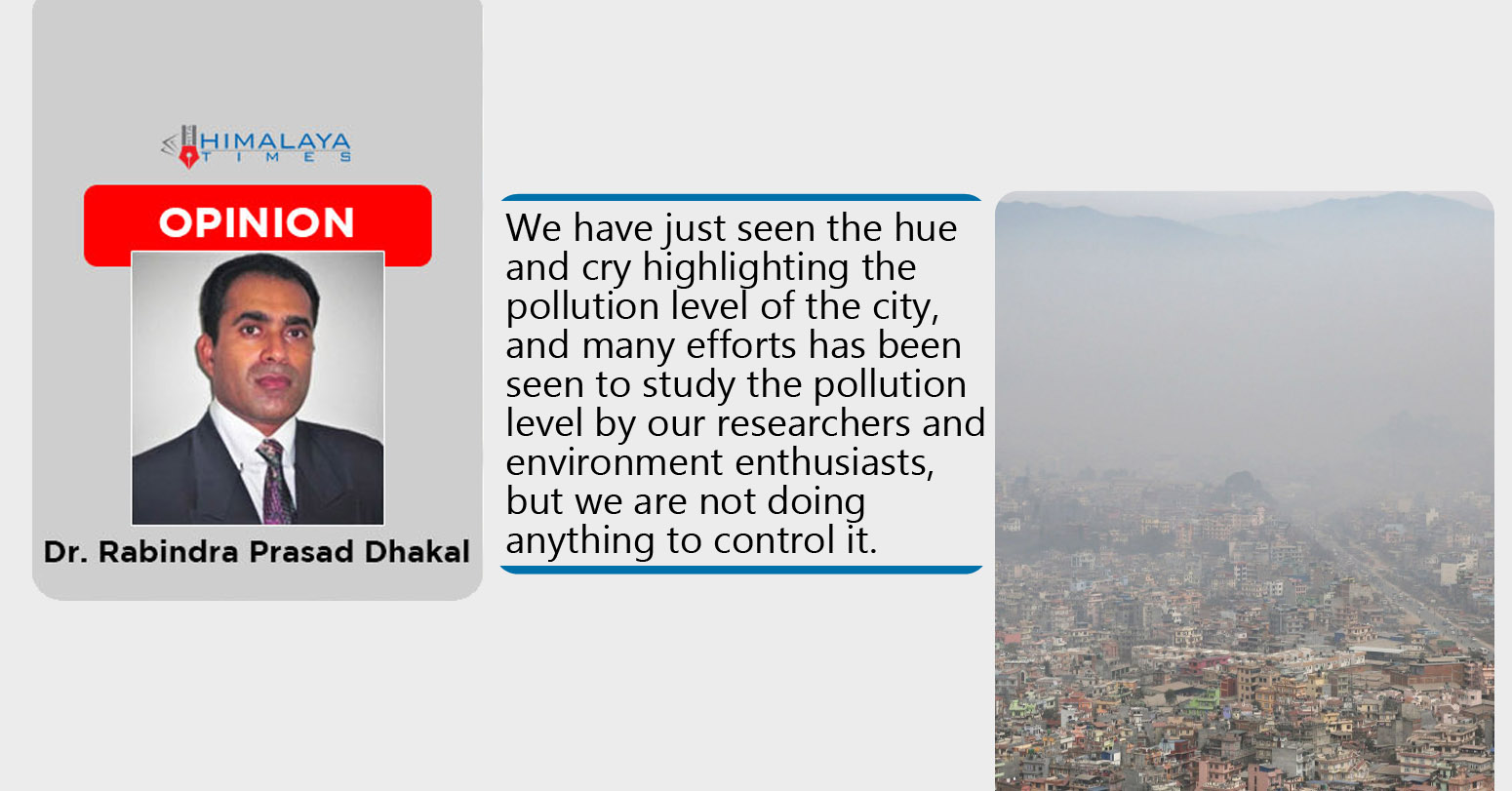

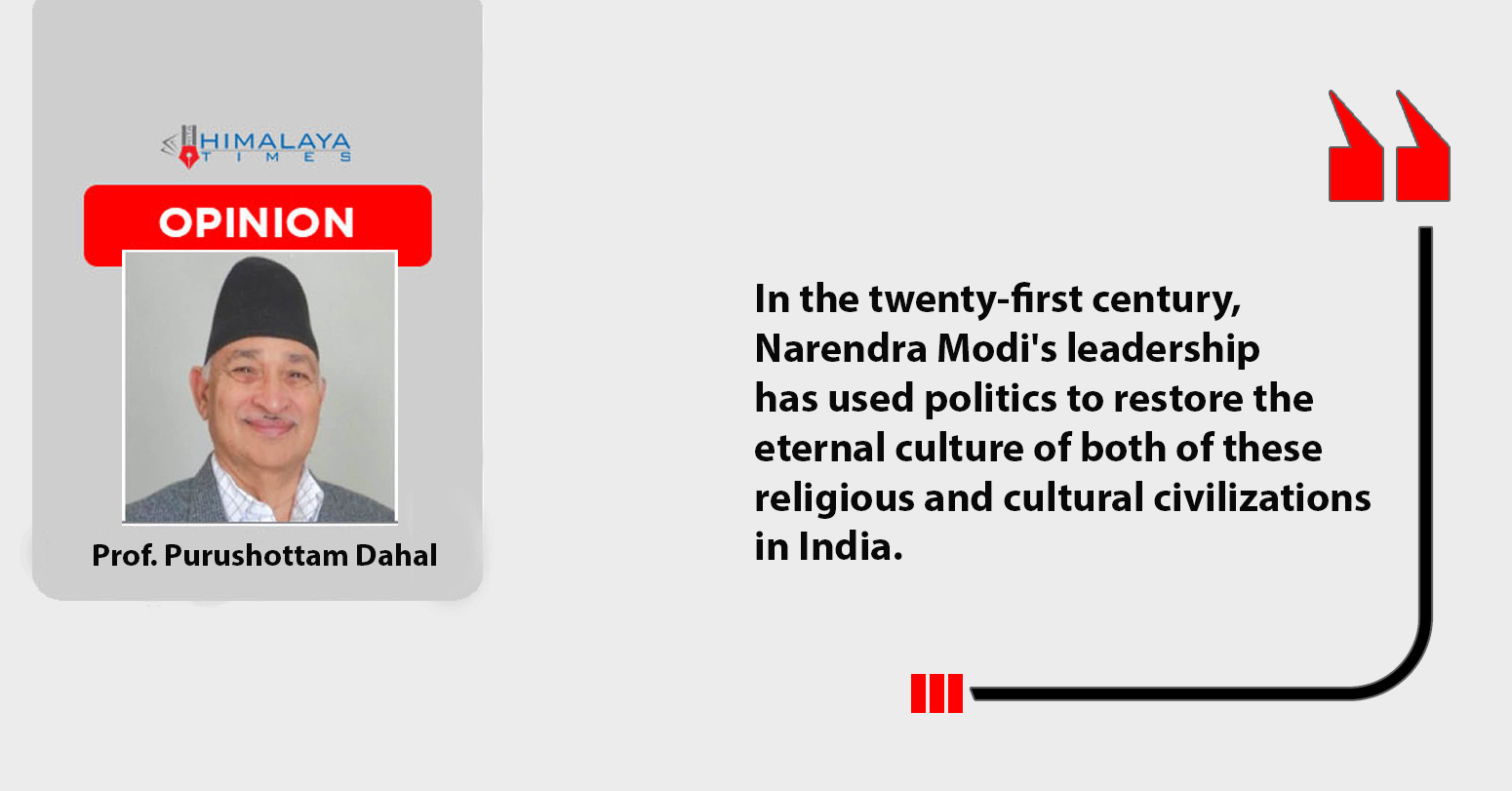



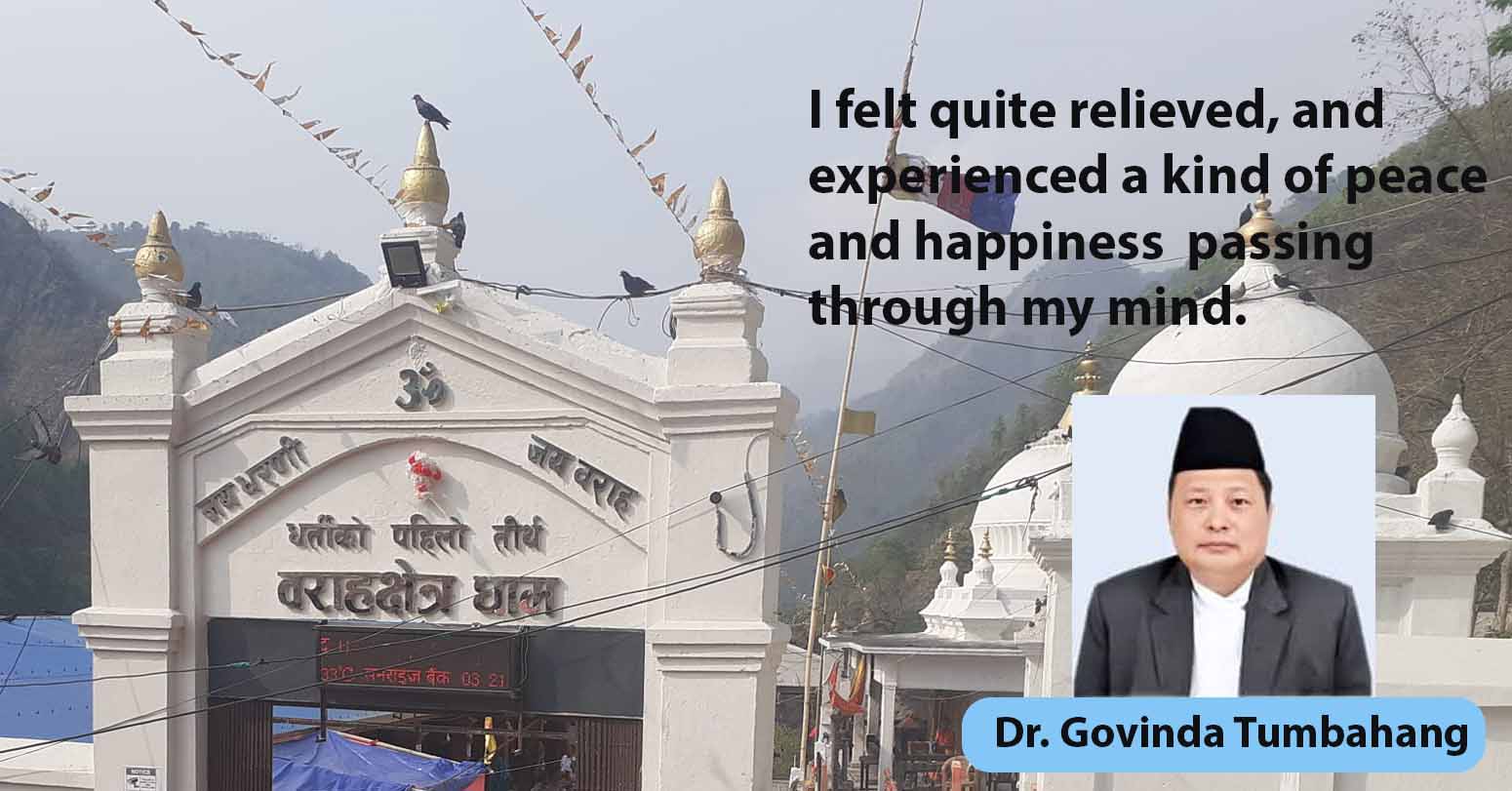
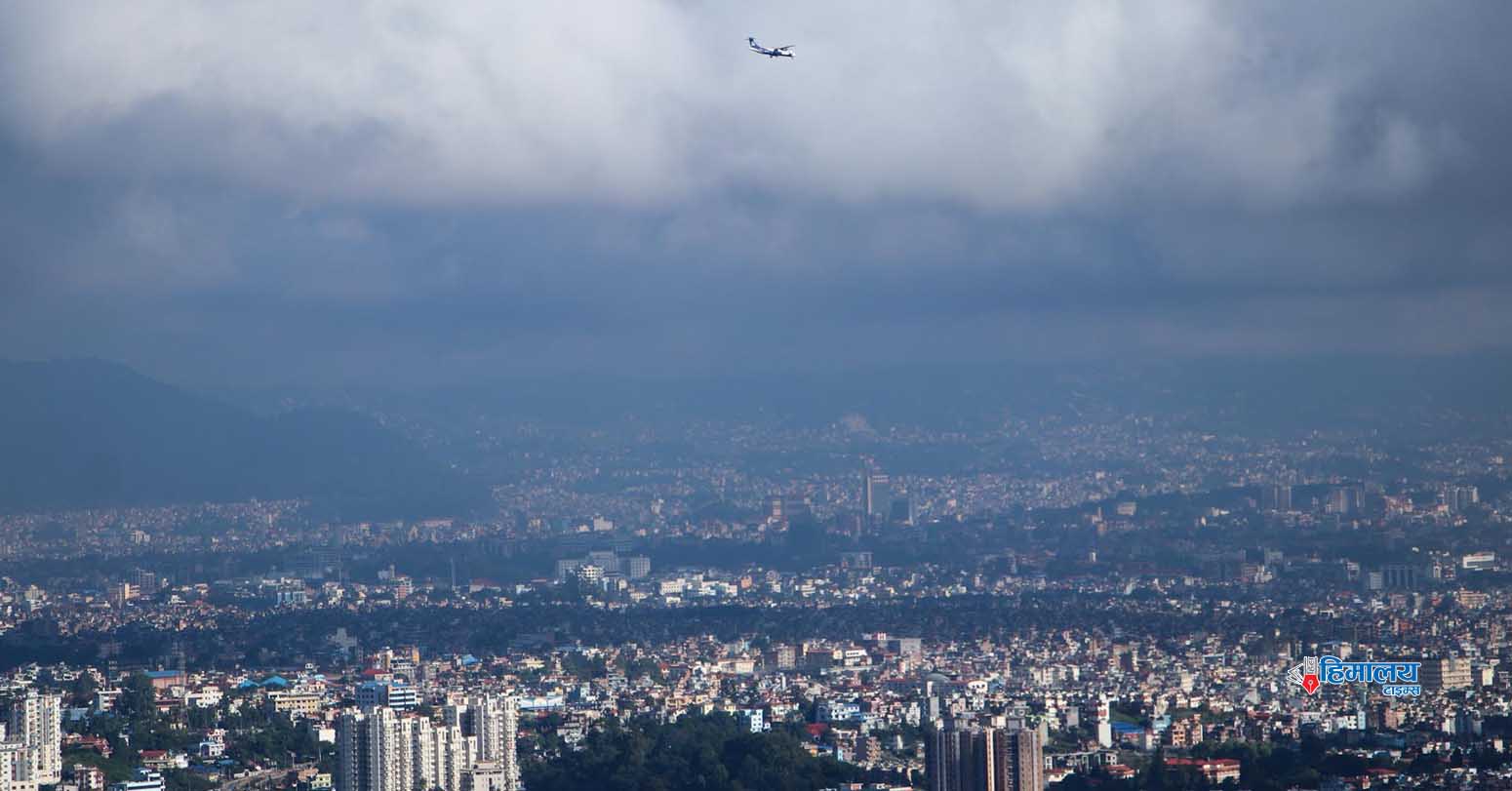
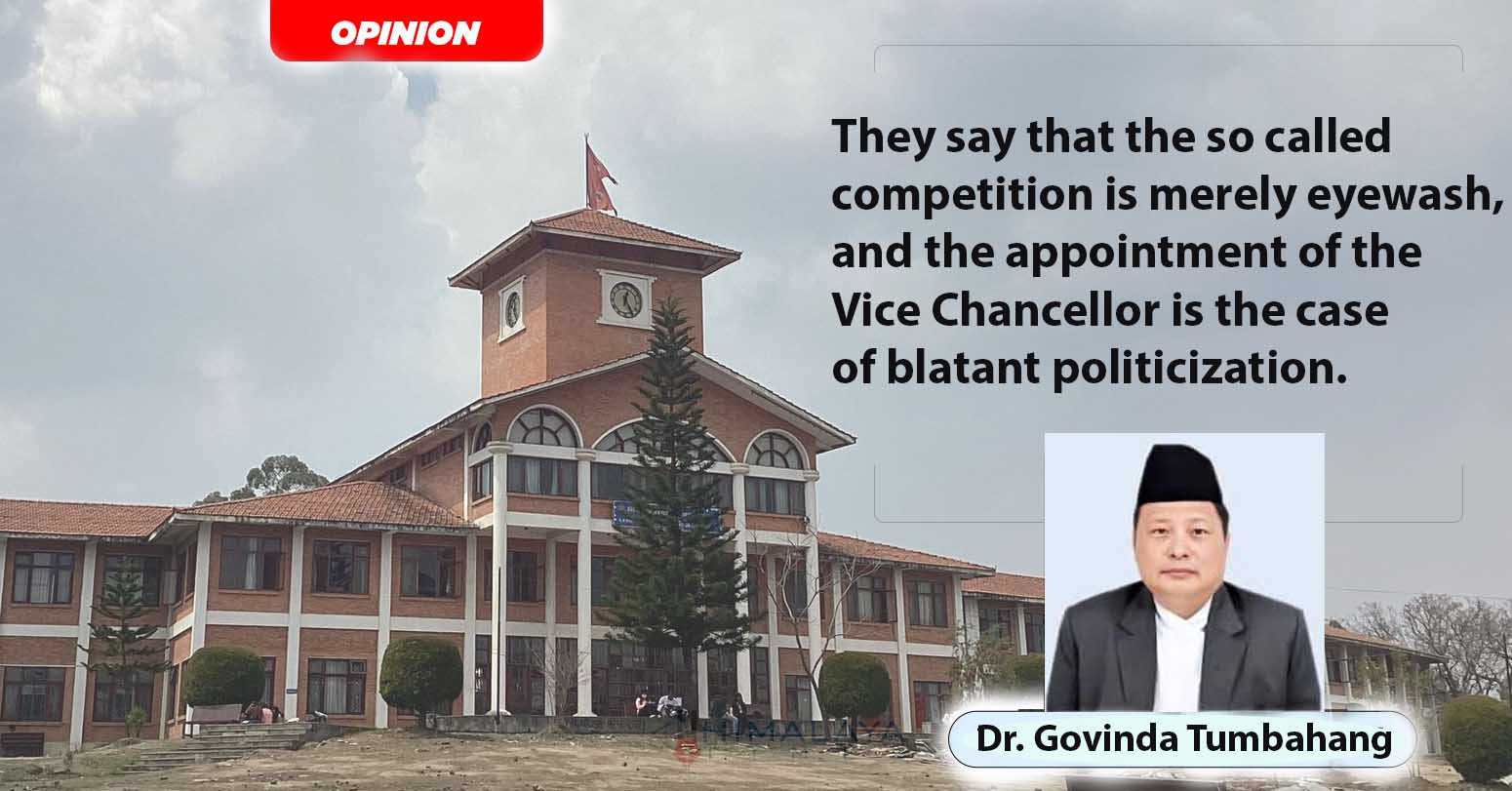
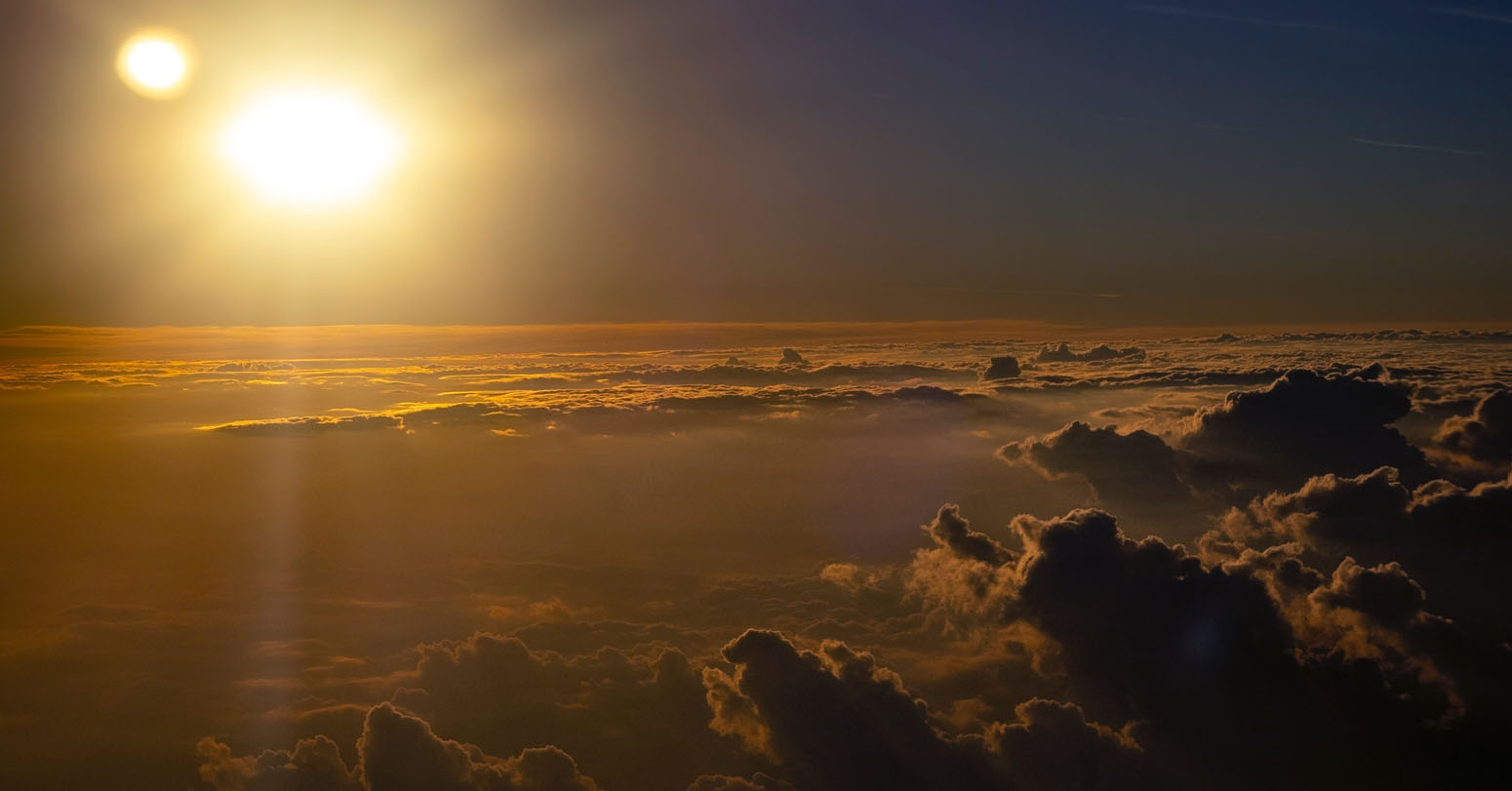
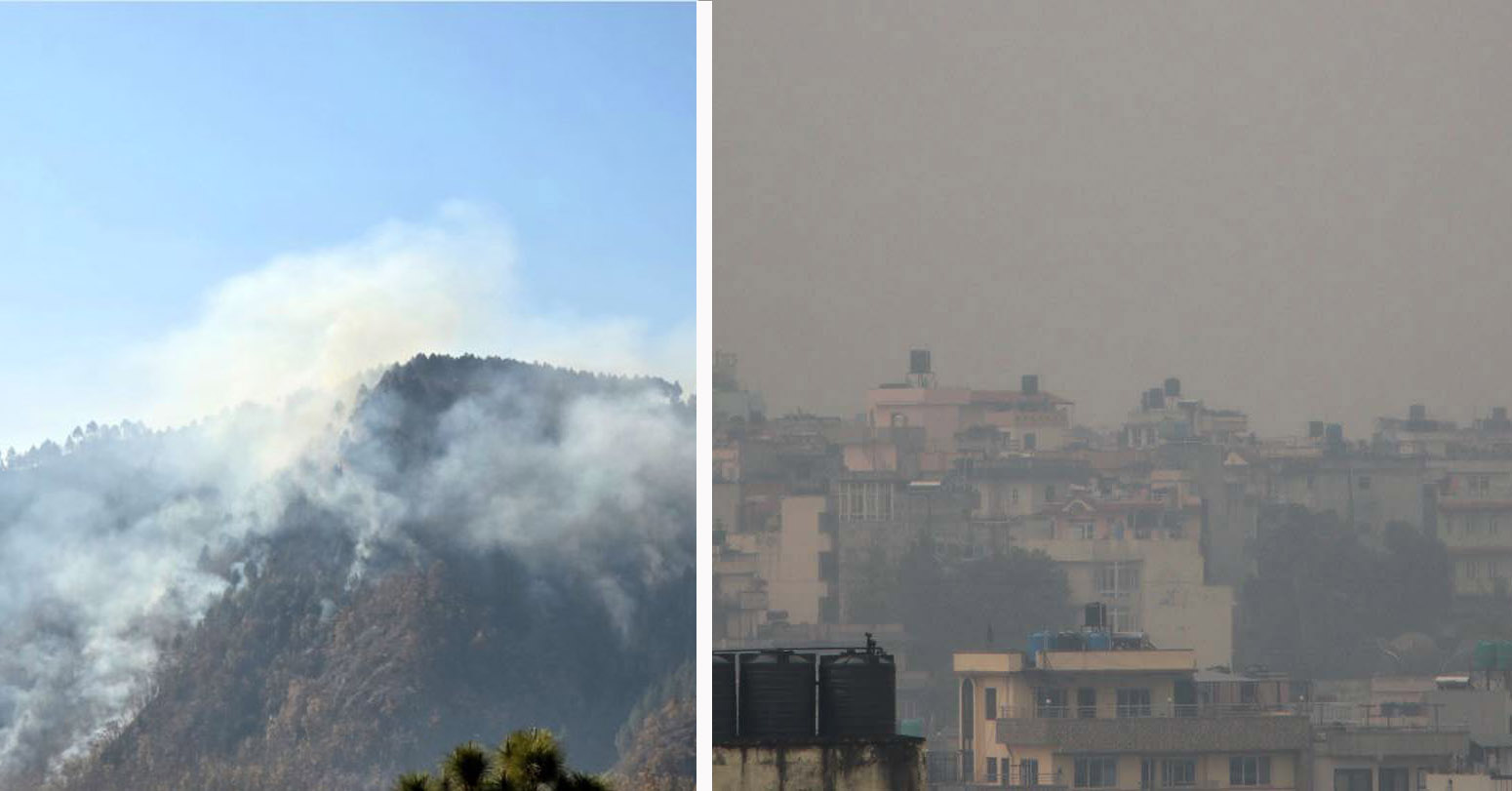

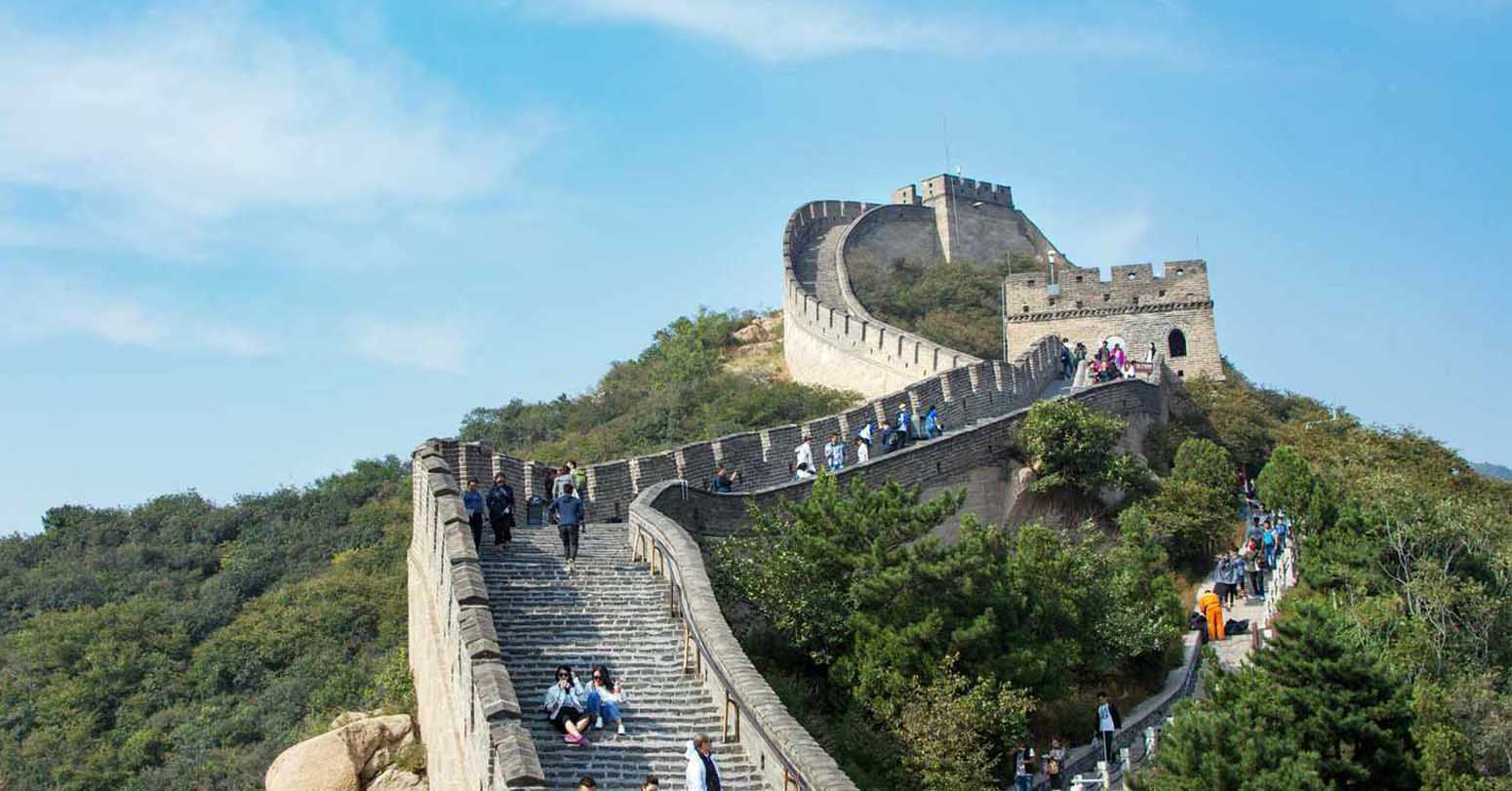
Comprehensive Data Protection Law Critically
Gender Differences In Mental Healthcare
Messi Wins Best FIFA Men’s
Erosion of Democracy
Fly Dubai Catches Fire in
“Complexities of the South Asian